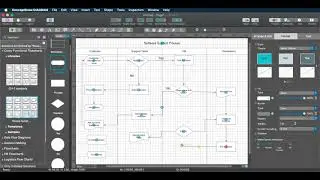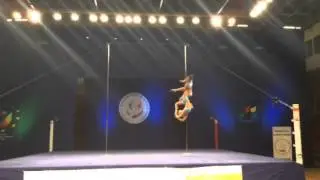Shifu Bluestein | Pigua Zhang Qinna Taulu Yongfa
This video illustrates possible applications from a Qinna (joint-locking) partner-form which I teach as part of my Tong Bu Dao system (https://www.bluejadesociety.com/what-.... The last move is not contained in the form itself, but I teach it nonetheless. Each lock features minute manipulations which move the joint on several planes in order to make a counter more difficult. A little of this is shown in the video, but most is not as this was taught to people with 6 months - 2 years experience in that class.
First movement: The opponent grabs me with either one or two hands - doesn't matter. I lead with the pinkey finger and execute a very small Zuan-like spiraling movement into the opponent's center to unbalance him a little, and make him push in the opposite direction - which is diagonally downward right into the pull. You cannot see it but there is actually a very minute heavy-hand 'slap' into the opponent's elbow as I pull him. This slap is trained to be timed in a liu-he fashion with the rear-dropping leg. The slap's has three power vectors - back, sideways and 'scraping' the skin - altogether screwing with the opponent's structure. Done correctly it pulls slightly or unbalances at the least even with stiff individuals, and at best completely pulls the person off-balance. It is not meant to break the elbow at all, but to create a setup for other things, as a followup to a situation when you are being grabbed.
Second movement: Now being pulled downward and back into San Ti, the opponent seeks to resist this by pulling back and up. I transfer from San Ti - which is a forward-oriented step, into Hou Bu (Monkey Step) - which is wider and sideways-oriented. Hou Bu is like standing in Heng Quan Bu, lifting the rear heel and transferring 95% of the weight into the front foot. As the opponent pulls back and up, I connect to his momentum and transfer 95% of my weight distribution sideways, which throws him off-balance. At the same time he tends to be focused on his elbow, as I applied pressure there. I use that misguided focus to bend his wrist into a lock. As the wrist is bent, my other palm is pressed against his elbow as in the action of closing an accordion. One vector of the lock is thus with my palms pressing together towards the center. The other vector is with my palms drawing a circle like moving a steering wheel, twisting his forearm sideways. He may resist this sideways twist, but I throw my weight unto the side and towards my front foot as I twist, and thus as he resists this he has to resist most of my body weight and also the pressure applied into the center by my palms pressing together - all at the same time. On top of that, at a more advanced level, you add a spherical round movement to this lock to make his forearm coil as if it was stuck in the middle of a powerball. At the same time I can use my kua to draw a figure-8 pattern, further complicating things for the other guy.
There is another intermediary lock between the second and the third one, not shown in the video.
Third movement: The opponent resists the lock so I throw a strike at his head, which may strike or simply be a faint. Connecting with my arm, the opponent creates a bridge. I press against his arm for a moment in order to make sure he actually resists and tries to press back at me. As he presses the arm against me and tries to lower it, this makes it much easier for me to grab his arm and pull him down as he is attempting to lower the arm and pull down, too. As I do this I escort his elbow with my forearm and twist it in order to manifest the lock. Usually one of two things happen. Either the lock is successful, or in the even that he is too stiff or my coordination is off, he will loose balance and trip in the direction of the lock. When the second option occurs, best case scenario is that he falls to the ground head first, and worst case is that he simply is 'bounced' a little in that direction, which is enough to open him up to other techniques.
Our teachings are available locally and internationally. Visit here: www.bluejadesociety.com





![|СОВМЕСТКА| Это любовь в одно касание... [with Ohiko Tyan]](https://images.videosashka.com/watch/inx2Welh5M0)

